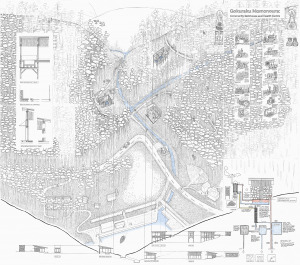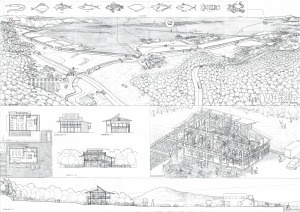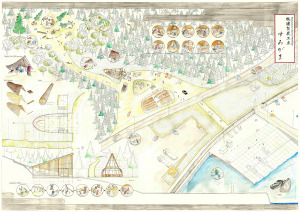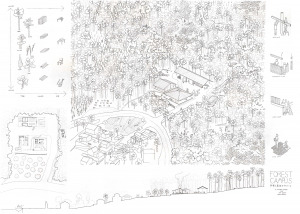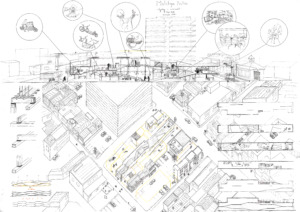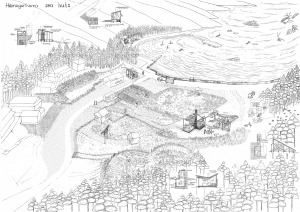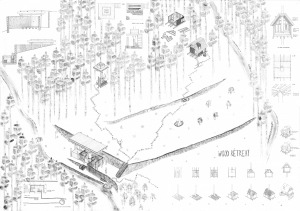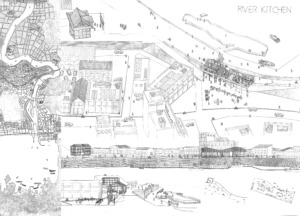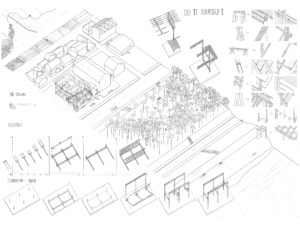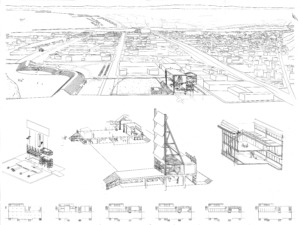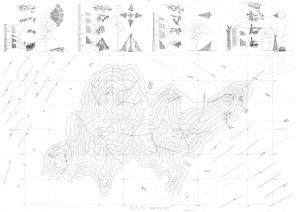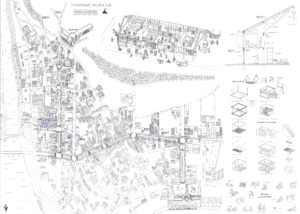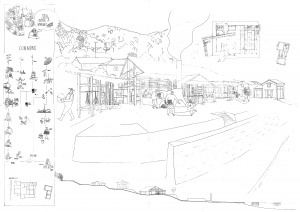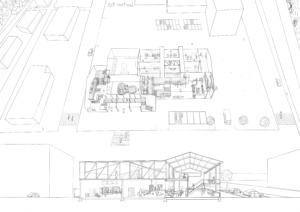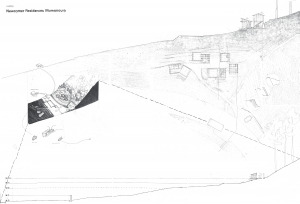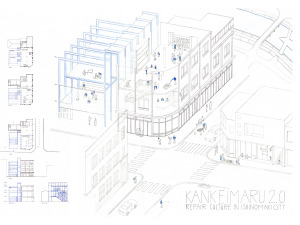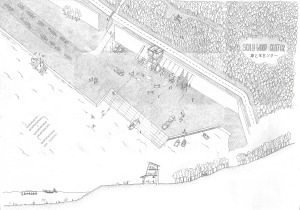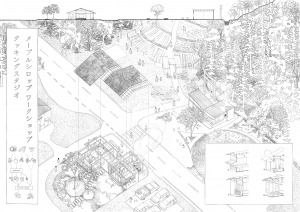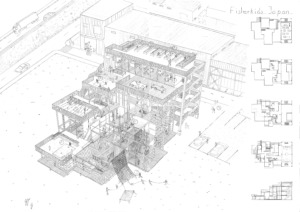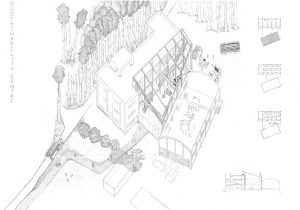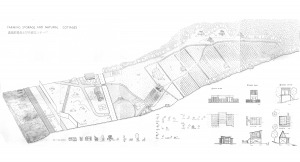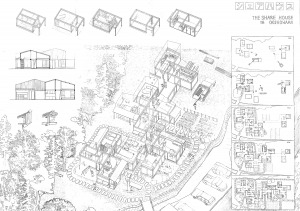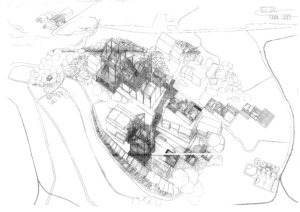HS19
FISHERY BEHAVIOROLOGY IN JAPAN - DESIGNING URBAN RURAL COMMONS
This year, through the lens of Architectural Behaviorology, we focus on designing architecture for new livelihoods integrated with fishery, aiming to design Urban Rural Commons. Small rural communities engaged in fishery have been important not only for national food supply but also for a sustainable ecosystem between human and nature. Today, however, these communities struggle to find the next generation. Their traditional fisherman village-scape, skills and crafts integrated with local nature and culture have been expelled by more industrialized and centralized fisheries.
Our field of study in the autumn semester will be in Ishinomaki, where the local fishermen have benefited from one of the world’s three best fishing grounds. However, attacked by the Tsunami Disaster in 2011, small villages and town communities in Ishinomaki had to redefine their new lives with dramatically decreased populations. Eight years later, these communities are envisioning more sustainable ways of living, while regaining the production little by little.
The notion of Urban Rural Commons is understood as the possibility to consider both rural and urban commons, as well as a possible interaction between the two. Students will examine the existing actor network of the livelihood with fishery, visualizing them by actor network drawings with ethnographic approach. Then, through drawings and models, the students will propose an architectural project to intervene in the network and establish Urban Rural Commons, for a better future of Ishinomaki.
